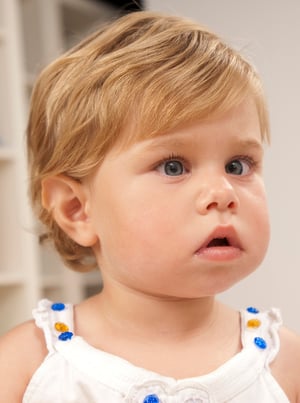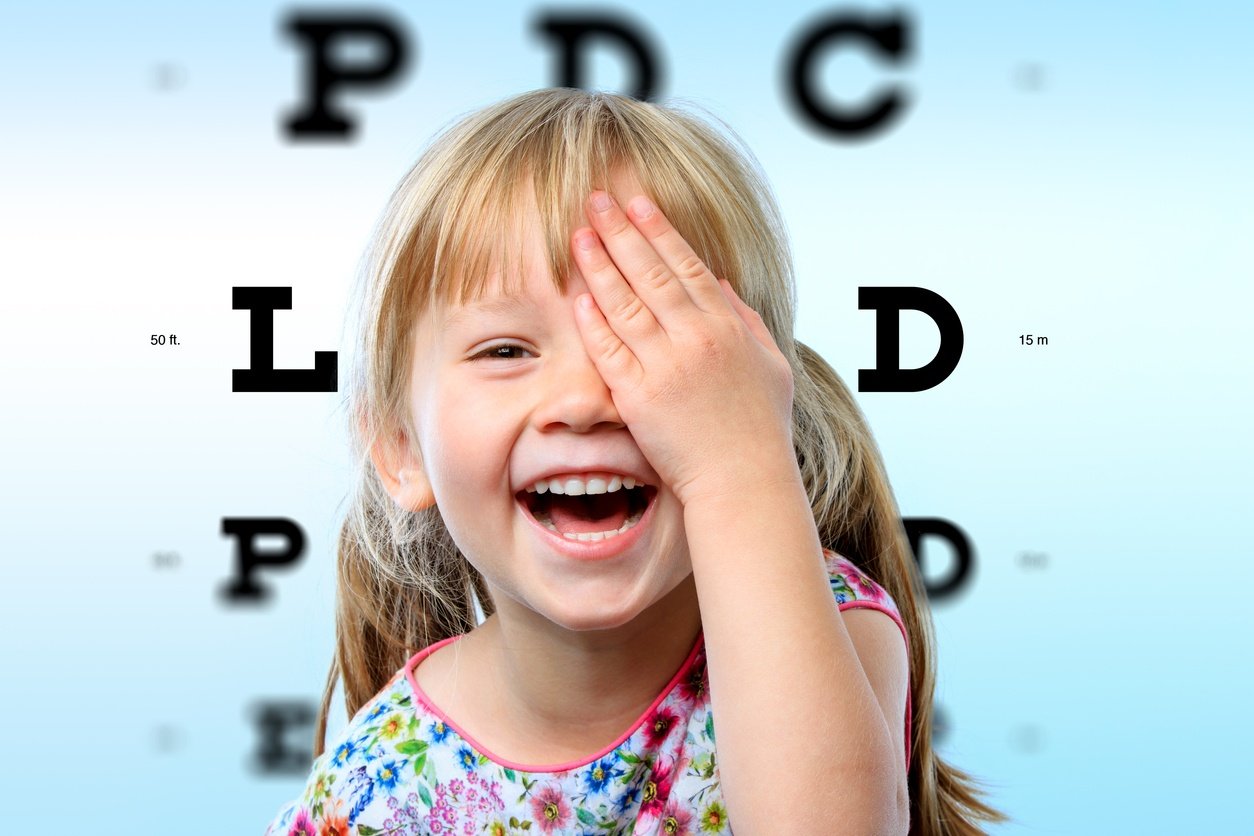Myopia Treatment Options
Researchers estimate that one-third to a half of Americans are nearsighted and that percentage has been growing over the last few decades. They feel that a big part of that increase has been from genetics, inherited from one or both parents. But researchers are only beginning to gain a better understanding of possible environmental causes, such as the affects of computer screens.
What is Myopia?
 Myopia, or nearsightedness, is caused by an elongated eye, which causes the light to be focused in front of the retina rather than precisely on the retina. It can start as early as 1-year-old but more typically begins to appear in middle school and often grows worse as the child grows. As growth slows and stops, myopia stabilizes.
Myopia, or nearsightedness, is caused by an elongated eye, which causes the light to be focused in front of the retina rather than precisely on the retina. It can start as early as 1-year-old but more typically begins to appear in middle school and often grows worse as the child grows. As growth slows and stops, myopia stabilizes.
Treatment Options
There are quite a few treatment options, beginning with eyeglasses and moving into contacts, refractive surgery, atropine eye drops, and orthokeratology.
Eyeglasses. This is the go-to option for children and adults. While they may not be the most desired option for kids, eyeglasses offer many options to suit particular vision problems. They can be worn full-time or part-time depending on the need, and they certainly offer many style options.
Contact Lenses. Most eye doctors feel that soft contact lenses are appropriate for 10 to 12 year olds, with many introducing them below age 9. The key factors in determining when to introduce contacts are the child’s motivation, maturity level, personal hygiene, and the ability to take care of the lenses themselves.
Refractive Surgery. The recommendation is that children use glasses or contacts first whenever possible. Refractive surgery, with PRK the preferred option, be used in children only for serious vision problems. This is primarily because children’s eyes are growing and adjusting until they are in their early twenties. Under these circumstances, corrective surgery would only offer temporary vision improvement.
Atropine Eye Drops. These eye drops have typically been used to treat amblyopia, or lazy eye, rather than using eye patches. However, at the 1% dosage used in this application there are side effects including dilated pupils, blurred vision, and sensitivity to light. Research has shown that lower dosages caused fewer side effects and slowed the progression of myopia. But this option is not readily used anymore.
Orthokeratology. This option uses gas permeable contact lenses specially designed to be worn during sleep to reshape the cornea. Research has shown that this treatment reduces the elongation of the eyes in children. It, essentially, reduces the progression of the problem.
 Other Options. Pirenzepine is similar to atropine and has shown some promise in early testing. Another interesting option is to provide children with substantial hours of outdoor activity each day. Clinical trials are needed to fully understand the effects and the benefits.
Other Options. Pirenzepine is similar to atropine and has shown some promise in early testing. Another interesting option is to provide children with substantial hours of outdoor activity each day. Clinical trials are needed to fully understand the effects and the benefits.
It Should All Begin with an Examination
As you can tell, there are many options for treating myopia or nearsightedness in children. But it all begins with a thorough eye exam. That exam should also consider any other childhood eye problems, and then recommend treatment.
You can rely on us to use the full resources of our complete vision care facility along with our considerable experience and expertise. Plus, we’re very good at providing the glasses and contacts that your child might need to treat their myopia.
Give us a call and let’s get started providing you and your child superb eye care.
Use our contact form or call us at 972-612-2099.
Disclaimer: The content on this blog is not intended to be a substitute for professional medical advice, diagnosis, or treatment. Always seek the advice of qualified health providers with questions you may have regarding medical conditions.








